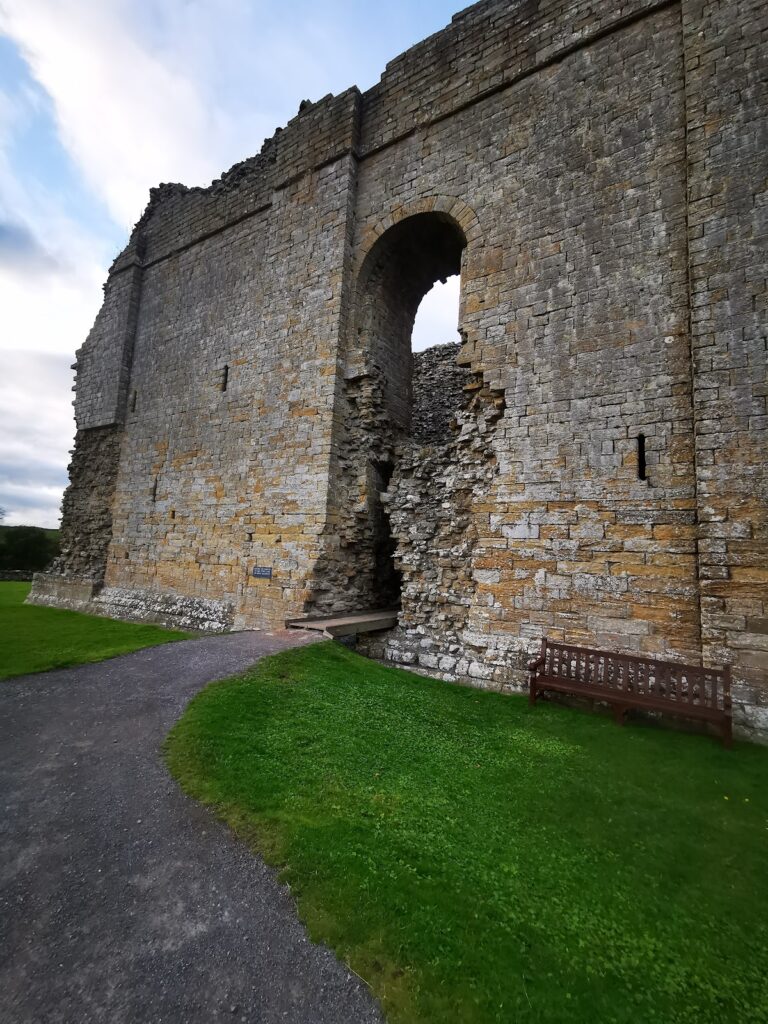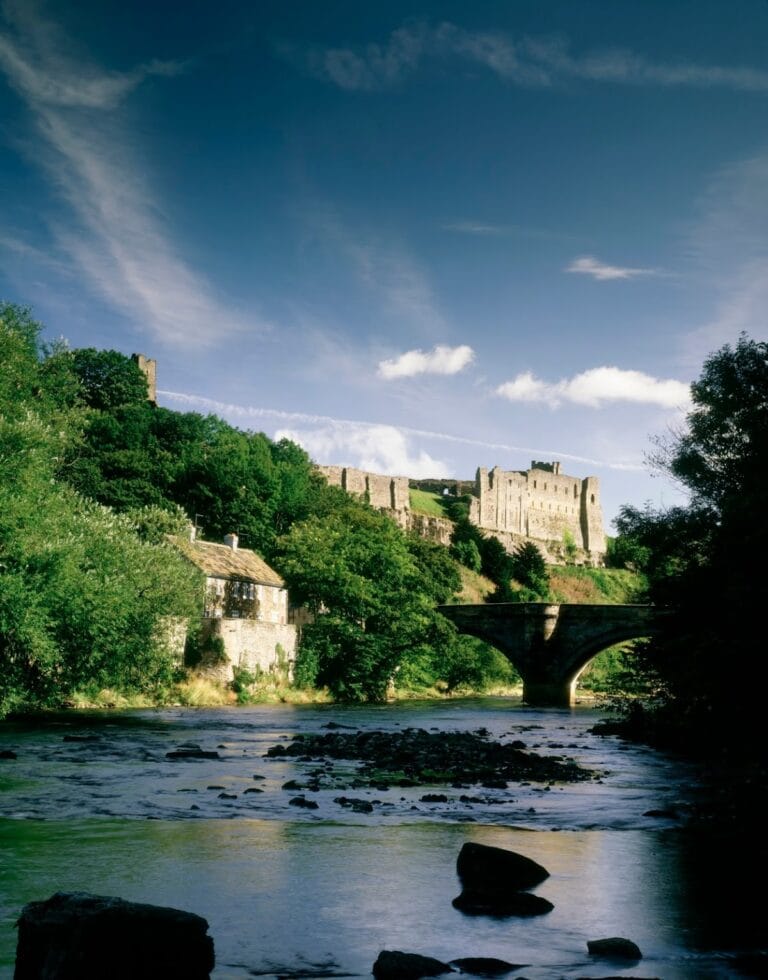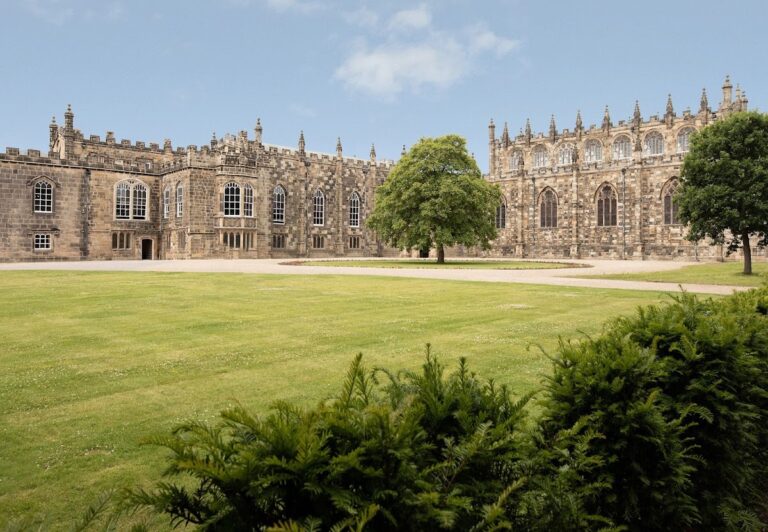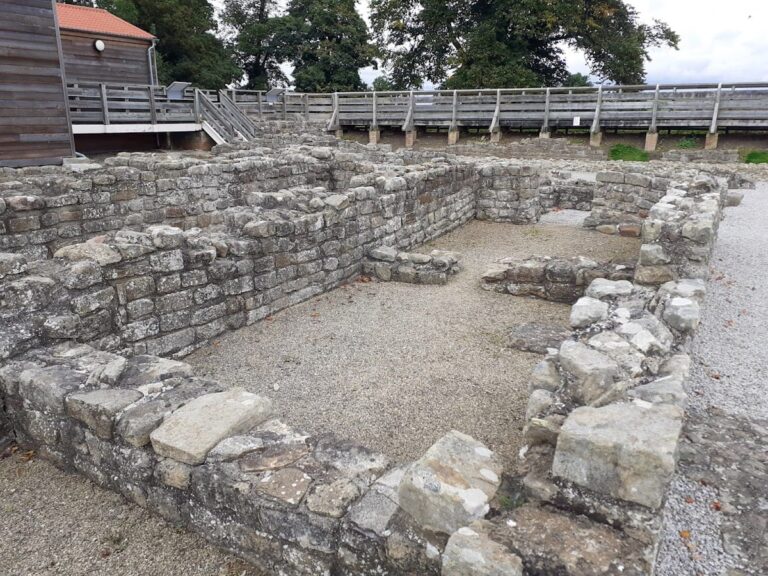Bowes Castle: A Historic Fortress in England
Visitor Information
Google Rating: 4.4
Popularity: Low
Google Maps: View on Google Maps
Official Website: www.english-heritage.org.uk
Country: United Kingdom
Civilization: Unclassified
Remains: Military
History
Bowes Castle stands in the village of Bowes in England and was built within the boundaries of a Roman fort constructed by the Romans during their occupation of Britain. This fort, known as Lavatrae, guarded an important Roman road connecting what is now England to Scotland through a highland pass.
The earliest castle at Bowes was a timber structure erected around 1136 by Alan de Bretagne, the Count of Brittany. He positioned it strategically in the northwest corner of the old Roman fort. After Alan’s death, the castle passed to his son Conan, but following Conan’s death in 1171, King Henry II took control of the site. Given ongoing conflicts with Scotland and the upheaval of the Great Revolt that began in 1173, Henry II directed the replacement of the timber defenses with a large stone castle. By 1187, nearly £600 had been invested in these improvements to strengthen the fortress.
During the rebellion of 1173–74, Bowes Castle endured attacks from Scottish forces, including a direct siege by King William the Lion in 1174. This siege ended when English relief troops forced William to withdraw. Over subsequent decades, ownership changed several times, including periods under Robert de Vieuxpont in the early 1200s, a brief transfer to William de Blockley and Gilbert de Kirketon, and then to Duke Peter of Brittany from 1232 onward. The castle also came under the control of William de Valence and Peter II, Count of Savoy, the Earl of Richmond from 1241.
By the early 14th century, the castle had deteriorated significantly. In 1322, it suffered an assault when local tenants rose against John de Scargill, who had been granted the property by King Edward II. The rebellion saw the castle looted and parts of it burned, while nearby farmland was abandoned due to ongoing raids from Scotland. By 1340, Bowes Castle was largely ruined. Ownership returned to the Crown in 1361, with the powerful Neville family controlling it between 1444 and 1471 before it again reverted to royal possession.
In the early 17th century, King James I sold the castle, and after the English Civil War of the mid-1600s, many of its remaining fortifications were dismantled. By the 20th century, the castle remained in poor condition until Lady Lorna Curzon-Howe transferred the ruins to government care in 1931.
Remains
The main visible remains of Bowes Castle showcase a notable three-story stone keep built in a rare hall-keep style for England. This keep measures approximately 82 feet in length, 60 feet in width, and rises to about 50 feet in height. Inside, the keep is divided lengthwise into a large hall and a solar—a private chamber usually reserved for the lord—both lit by broad rounded windows, providing some of the castle’s internal illumination. The architectural design shares clear similarities with nearby castles such as Middleham and Pendragon.
Surrounding the keep is an enclosed courtyard, or bailey, formed by an inner defensive ditch. This bailey is itself protected on a larger scale by the earthworks and ramparts of the original Roman fort, which serve as an outer bailey. These reused Roman fortifications provided an additional layer of defense for the medieval castle.
Beyond the fortress itself, a mill dating back to the castle’s active period was constructed beside the River Greta. This mill supplied flour to support the garrison and the castle’s daily operations. Adjacent to the castle, a planned village was developed, extending close to the castle walls. This village incorporated a church and a marketplace, forming a settlement layout that was unusual for England at the time.
During the revolt of 1173–74, repairs to the castle included restoration of key areas such as the chamber and gates, along with the building of protective bulwarks around the keep’s perimeter. However, in 1322, rebel tenants caused extensive damage by burning part of one hall and stealing military equipment including armor and springalds—large siege engines used to hurl projectiles.
Today, the ruins of the stone keep remain largely intact, despite the demolition of other fortifications in the 17th century. These enduring structures stand within the boundaries defined by the Roman earthworks, presenting a layered history that spans from the Roman occupation through the medieval period.










